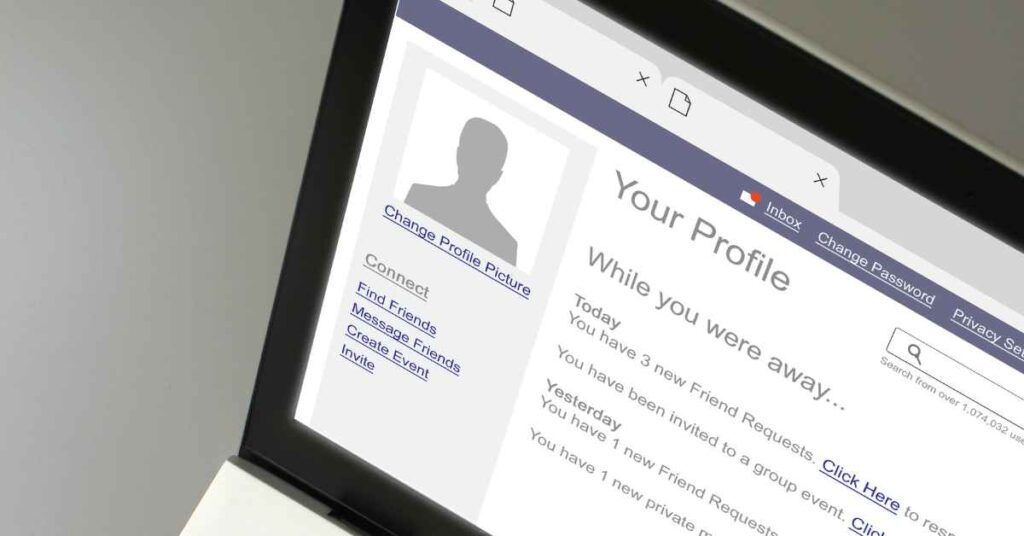Introduction
Social media platforms have become an integral part of our daily lives, allowing us to connect with friends, share moments, and express ourselves. However, the vast amount of personal information we share on these platforms also presents potential risks to our privacy and security.
It is crucial to understand and utilize social media privacy settings to safeguard our personal information and maintain control over our online presence.
Understanding the Importance of Social Media Privacy Settings
Risks of Insufficient Privacy Settings
Insufficient privacy settings on social media can lead to various risks, including unauthorized access to personal information, identity theft, cyberbullying, and targeted advertising. Without proper precautions, our private posts, photos, and personal details may become accessible to a wider audience than intended.
Benefits of Strong Privacy Settings
By implementing strong privacy settings on social media, we can control who has access to our posts, limit the visibility of personal information, and mitigate the risks associated with sharing sensitive content. Strong privacy settings allow us to enjoy the benefits of social media while maintaining a secure and private online presence.
Overview of Social Media Privacy Settings
Privacy Settings Overview
Each social media platform provides its own set of privacy settings that allow users to customize their sharing preferences and control the visibility of their content. These settings determine who can view our posts, photos, personal information, and who can interact with us on the platform.
Customizing Privacy Settings
It is essential to review and customize privacy settings according to our comfort level and desired level of privacy. We can adjust settings related to profile visibility, post visibility, friend requests, and messaging, among others.
Controlling Visibility of Personal Information
Social media platforms allow us to control the visibility of personal information such as our email address, phone number, and birthdate. We can choose to display this information to everyone, only our friends, or keep it private.
Enhancing Account Security on Social Media
Strong and Unique Passwords
Creating strong and unique passwords for social media accounts is crucial to prevent unauthorized access. A strong password includes a combination of uppercase and lowercase letters, numbers, and special characters. It is also important to avoid using the same password across multiple platforms.
Two-Factor Authentication (2FA)
Enabling two-factor authentication adds an extra layer of security to our social media accounts. This requires a verification code or prompt in addition to the password when logging in, making it more difficult for unauthorized individuals to access our accounts.
Monitoring Connected Apps and Permissions
Regularly reviewing and managing the apps connected to our social media accounts is essential. Some apps may have access to our personal information and posts, posing potential privacy risks. We should only authorize trusted apps and revoke access for those we no longer use or trust.
Regularly Reviewing Account Activity
Monitoring our account activity is crucial to identify any suspicious or unauthorized access. By regularly reviewing login history, active sessions, and account settings, we can quickly detect any unusual activity and take necessary actions to secure our accounts.
Privacy Settings on Popular Social Media Platforms
Facebook Privacy Settings
Facebook offers a comprehensive range of privacy settings that allow users to customize the visibility of their posts, profile information, and control who can send friend requests or message them. Users can adjust settings for individual posts or apply global settings for their entire account.
Twitter Privacy Settings
Twitter provides privacy settings to control tweet visibility, profile visibility, and interactions with other users. Users can choose to make their tweets public or limit them to followers, manage who can tag them in photos, and control who can send direct messages.
Instagram Privacy Settings
Instagram offers privacy settings to control the visibility of posts, stories, and personal information. Users can choose to make their account private, allowing only approved followers to view their content. Instagram also provides options to manage comments and restrict interactions from specific users.
LinkedIn Privacy Settings
LinkedIn offers privacy settings that allow users to control the visibility of their profile, connections, and activity. Users can choose who can see their profile details, manage who can send connection requests, and control the visibility of their posts and updates.
Tips for Protecting Personal Information on Social Media
Limiting Public Visibility
To maintain a higher level of privacy, consider limiting the visibility of your posts and personal information to your approved friends or connections. This reduces the chances of unauthorized individuals accessing your information.
Being Cautious with Accepting Friend Requests
Exercise caution when accepting friend requests from unknown individuals. Verify their authenticity and intentions before adding them to your network. Accepting requests from strangers can increase the risk of unauthorized access to your personal information.
Avoiding Suspicious Links and Phishing Attempts
Beware of suspicious links and messages that may be phishing attempts aiming to steal your login credentials or personal information. Avoid clicking on unknown links or providing sensitive information unless you can verify the source’s authenticity.
Reviewing and Adjusting App Permissions
Regularly review the permissions granted to third-party apps connected to your social media accounts. Ensure that apps have a legitimate purpose and only retain permissions necessary for their functionality. Revoke access for any apps that you no longer use or trust.
Managing Privacy on Multiple Social Media Accounts
Consistent Privacy Practices
Maintain consistent privacy practices across all your social media accounts. Apply similar privacy settings and security measures to ensure a uniform level of protection for your personal information.
Privacy Considerations for Different Platforms
Different social media platforms have unique privacy settings and features. Familiarize yourself with the specific privacy options and considerations of each platform you use to maximize your privacy and security.
Third-Party Privacy Tools and Apps
Consider using third-party privacy tools and apps that can help enhance your social media privacy. These tools may offer additional features and settings to strengthen your account security and control over personal information.
Conclusion
Protecting our privacy and ensuring account security on social media platforms is essential in today’s digital landscape. By understanding and customizing privacy settings, implementing strong security measures, and practicing safe online behavior, we can enjoy the benefits of social media while minimizing privacy risks. Remember to review and adjust your settings regularly to adapt to changing preferences and platform updates.
FAQs (Frequently Asked Questions)
- Are default privacy settings on social media platforms secure enough?
- Default privacy settings often prioritize ease of use and public visibility. It is recommended to review and customize privacy settings according to your preferences and comfort level.
- Is it necessary to enable two-factor authentication for social media accounts?
- Enabling two-factor authentication adds an extra layer of security and is highly recommended to protect your social media accounts from unauthorized access.
- Can I trust third-party privacy tools for social media?
- While third-party privacy tools can provide additional features, it is crucial to research and select reputable tools from trusted sources to ensure their effectiveness and security.
- Should I accept friend requests from strangers on social media?
- It is advisable to exercise caution when accepting friend requests from strangers. Verify the authenticity of the person and consider the potential risks before accepting.
- How often should I review my social media privacy settings?
- It is recommended to review your privacy settings periodically, especially after platform updates or changes in your preferences. Regularly checking your settings helps maintain an appropriate level of privacy and security.
Note: The specific privacy settings and features mentioned may vary depending on the social media platforms’ updates and available options. Always refer to the official documentation and guidelines provided by the respective platforms for the most accurate and up-to-date information.




